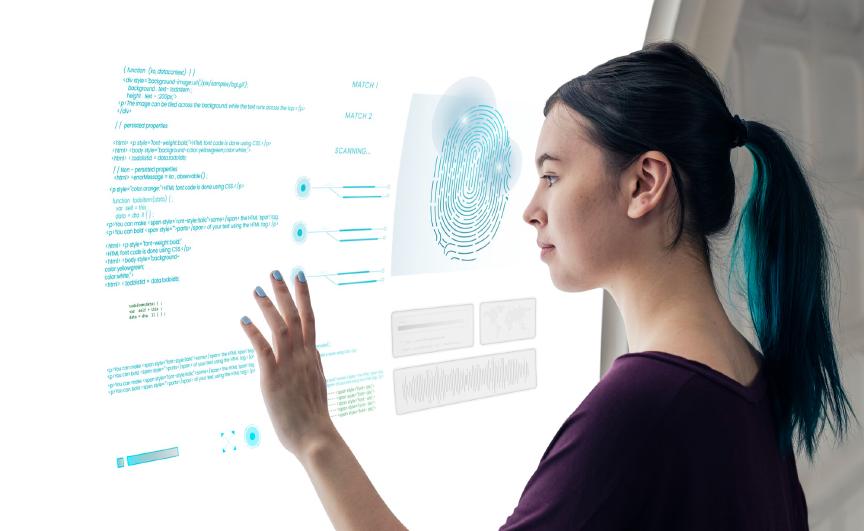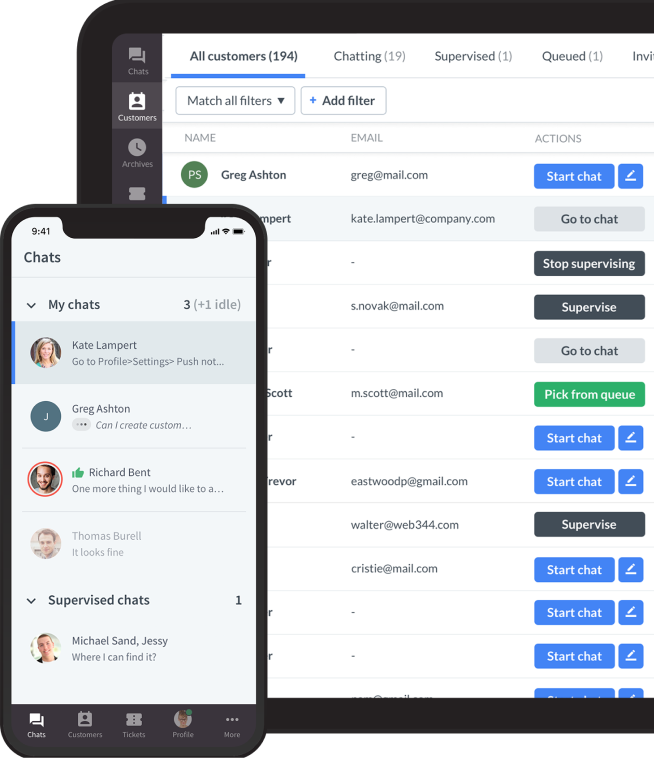Understanding Named Entity Recognition: Extracting Key Information from Unstructured Data

If Coleridge wrote “The Rime of the Ancient Mariner” in this century, he would have probably replaced water in “...water, water everywhere” with data. It’s true, data is everywhere. But both you and I know the truth: Even when we’re drowning in data, most of it is unusable because it’s unstructured.
But where there’s natural language processing (NLP), there’s a way to process unstructured data. Today’s pick is named entity recognition (NER), a technique helpful in extracting and classifying useful information from unstructured data.
What is it, and how can it empower data-based applications across a multitude of industries?
I will unpack NER for you and discuss everything it can do to help you make the most of this powerhouse tech.
What’s named entity recognition?
Named entity recognition is an advanced processing technique. It’s one of the many offshoots of NLP that helps extract useful information from unstructured data, enabling data-dependent applications to do their jobs with enhanced efficiency.
NER is the pre-processing step for any information extraction task or application. It utilizes algorithms to automatically identify pre-defined entities from unstructured data sets. That’s why NER is also called entity identification or entity extraction.
But what’s the big deal about named entity recognition?
It makes sense of the untamed monster that is unstructured data. NER is to data-based applications what Dr. Leonard Hofstadter was to Dr. Sheldon Cooper, the medium to intelligibility or usability.
Like many other essential processes underlying NLP, working with unstructured data will be a futile affair without NER.
How does named entity recognition work?
In essence, named entity recognition is a two-step process that involves identifying the pre-defined entities from within unstructured data sources and then classifying them into specific data sets. It’s like separating apples and oranges from a giant fruit platter into separate baskets.
NER can identify and extract people’s names, organizations, locations, dates, monetary values, and more from text data.
Since machines don’t have an intuitive grasp of language like we do, NER helps make sense of chaotic linguistic data by extracting useful information.
Technology always simplifies!
But how does named entity recognition identify and classify entities?
There are two broad techniques that NLP practitioners use for NER.
-
A rule-based approach where there is a set of pre-defined rules based on lexicon, patterns, dictionaries, grammar, etc.
-
A machine learning (ML)- based approach that utilizes everything from simple decision trees to complex recurring neural networks (RNN) for identifying and classifying entities.
The rule-based approach is simpler and easier to execute. It works well when you want to extract simple entities from well-defined datasets, even when it’s unstructured.
ML-based approaches generalize better for unseen and unknown datasets, although it’s far more complex and expensive to train NER models with ML algorithms.
But named entity recognition works best when it combines the best of both worlds. That’s why the latest methodologies are hybrid. This approach makes the process of named entity recognition that much more infallible and trustworthy.
What makes named entity recognition a unique data extraction process?
Information extraction is not unique to NLP. You could also utilize optical word recognition (OCR) and deep learning (DL). But NER is unique because it:
Helps structure unstructured data
Instead of manually locating useful information from a pile of data, you can let NER do the hard work. Named entity recognition helps you discover the who, where, what, and when in unstructured datasets, saving you time, effort, and money.
This kind of automated data processing has multiple applications that I’ll discuss in the next section.
Remember, one of the primary advantages of named entity recognition is that it reduces errors and increases the efficiency of handling unstructured data.
Provides contextual data classification
I already talked about the inherent ambiguity of the languages we speak. What’s apparent to us can confuse machines because they do not have a contextual grasp of the spoken language. That’s why simplistic keyword extraction techniques are limited in their applications.
That’s not the case with named entity recognition.
NER models can identify and classify entities based on their context because pre-determined principles guide the process. These entities could be anything from words and phrases to numbers, percentages, dates, and time.
The biggest takeaway is that the quality of the information you get is top-notch. Named entity recognition is a semantically accurate and highly efficient information extraction technique.
Adapts to variations in unstructured data
Named entity recognition is a versatile data processing technique because it can easily adapt to different data types. You can train it with information in English and query it in multiple languages like German, French, Mandarin, Korean, etc. Because it has multilingual capabilities, NER can be deployed to extract information from diverse datasets across multiple languages, entities, and contexts.
Enhances automatic language comprehension capabilities
Artificial intelligence (AI) needs to be trained using high-quality data to do its job. Since named entity recognition provides an accurate classification of data, training your algorithms with it enhances AI’s performance.
AI models used for text summarization, sentiment analysis, translation, or similar purposes can gain performative excellence with the help of AI.
Facilitates relation extraction (RE)
I already mentioned that named entity recognition precedes other NLP applications. It’s usually followed by relation detection (RD), also known as relation extraction. RE helps establish semantic connections between extracted entities, facilitating data-driven research.
Why am I telling you all this?
Because there is no structured search, sentiment analysis, or automated question answering without RE. Most NLP applications use RE. But RE cannot exist without named entity recognition.
So, by enabling RE, NER builds a bridge between NLP applications and data scientists.
You must understand that NLP, as a discipline, is diverse, and each of its subsets, like named entity recognition, has multiple applications. It’s difficult and unnecessary to distill it as a standalone technology. Instead, studying it in the context of larger NLP applications should give you enough insight into its capabilities.
On that note, I’m now going to discuss specific applications of NER.
Where can you apply named entity recognition?
Named entity recognition is a useful data processing technique that can have the following primary applications:
Information retrieval
Finding key pieces of information from a corpus of data is a Herculean task. It’s effort-intensive, prone to errors, and not efficient. Dated information retrieval methods lack accuracy and are prone to semantic ambiguity. On the contrary, named entity recognition work is deterministic.
It automates information retrieval from unstructured data. You can use it to trace and/or recover important data that may otherwise be unavailable. The retrieved information can provide valuable insights for decision-making, strategizing, and more.
Document analysis
Document analysis is one of the most advanced text analysis methods that helps researchers understand, correlate, and draw contextual conclusions from text data. Text analysis software utilizes named entity recognition to scan and review textual data. Because of its specific nature, NER systems can perform streamlined and qualitative analysis.
You can gather valuable data insights that are otherwise unapparent or inconclusive.
Automated question answering
A NER model can identify semantic relationships between a string of entities when trained to do so. Therefore, it facilitates question answering by filtering irrelevant entities from unstructured text data.
That said, please remember that NER systems are typically designed for information extraction and part of speech tagging. That helps with question answering.
Sentiment analysis
Entity recognition can be used to identify names of places, people, etc., from user generated content (UGC), and then text analysis techniques can determine the overall sentiments of the content.
For example, hotel customer service teams can scour review platforms for mentions of their facility with NER systems. This data can be used to perform a targeted sentiment analysis of these reviews to learn what customers think of the hotel.
ML models
You can create training datasets extracted by NER systems to teach ML algorithms. Because the datasets are high-quality and semantically accurate, your ML algorithms will be efficient, too. Named entity recognition can enable ML to work with increased accuracy and versatility.
To conclude, named entity recognition work can be a precursor to certain applications or enable other processes.
Industry-specific use cases of named entity recognition
Here are a few industry-specific use cases of named entity information extraction.
Biomedicine
The research-driven field of biomedicine deals with high volumes of unstructured data. NER allows researchers to skim through data to find useful information and perform relationship extraction, if applicable. With the help of entity recognition, they can speed up their research with increased accuracy and efficiency.
NER can help them identify patterns, gather qualitative insights, and work with external data in a streamlined manner. That’s why named entity recognition is useful in all kinds of research, including biomedicine.
Law
Law firms deal with unstructured text data every day.
As I explained, NER systems facilitate document analysis and can allow lawyers or law firms to automate their legal document analysis processes. For those tackling multiple cases, named entity recognition can save precious time and provide valuable insights to help with the case.
Finance
Financial institutions, professionals, or banks can determine a set of identifiers necessary for operational procedures and use NER to extract entities that match these identifiers. It can also contribute towards building better self-service menus and personalized searches for customers, quickening everyday processes.
News aggregation
News publishers and content syndicators can utilize the NER systems to locate specific stories or information and keep them handy for last-minute requirements. In a fast-paced industry like news forecast, time is of the essence. The immediacy and accuracy of information extracted by NER is, therefore, crucial to the functioning of newsrooms.
Content recommendation
Whether it’s a video streaming platform, social advertiser, or direct-to-customer service, providing the correct recommendation is non-negotiable. NER systems can identify specific keywords or names from customer data to provide tailored recommendations for shows, clothes, restaurants, and more.
Irrespective of the industry, operation scale, and digitization level, named entity recognition can help you adopt a data-driven approach to your work or business. It’s time you gave it a shot.
Get a glimpse into the future of business communication with digital natives.
Get the FREE report




